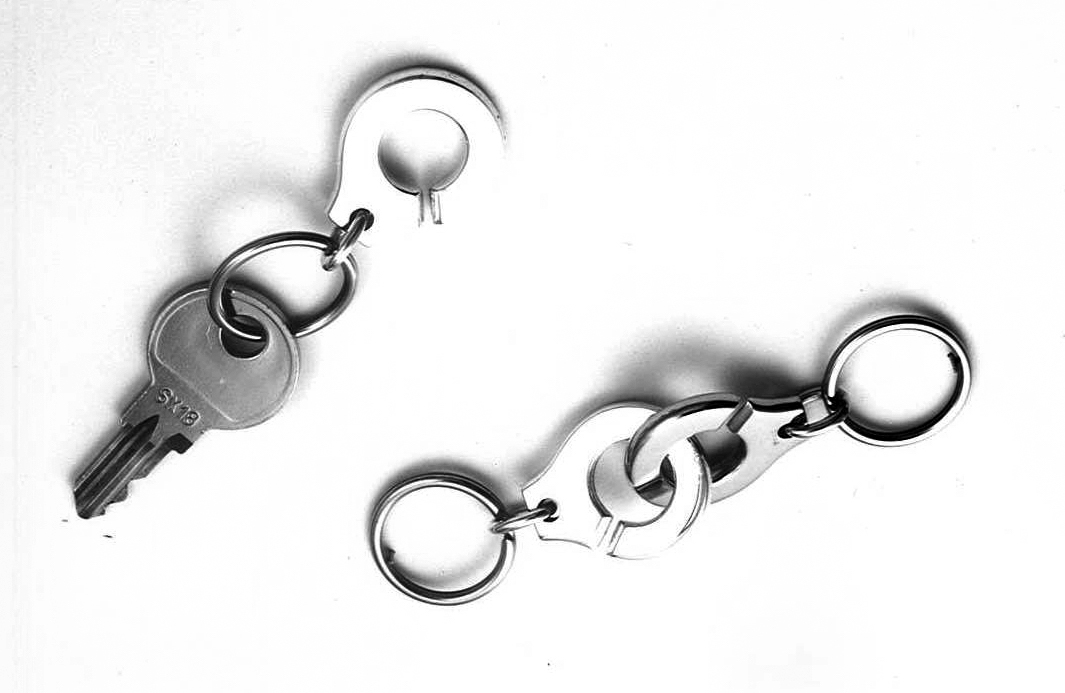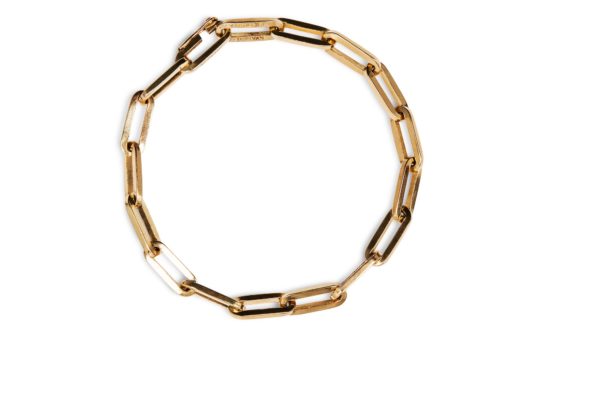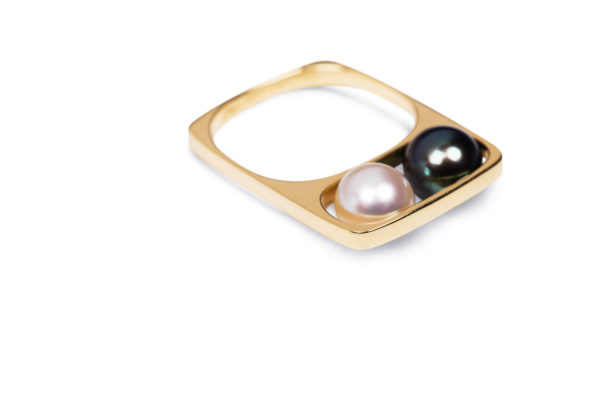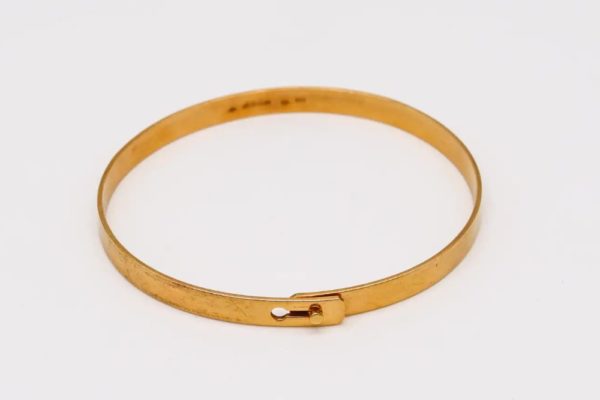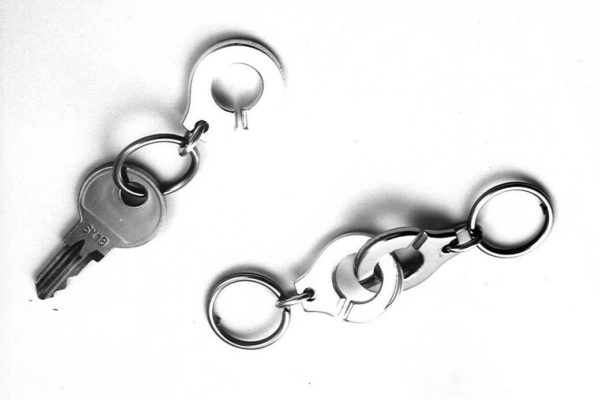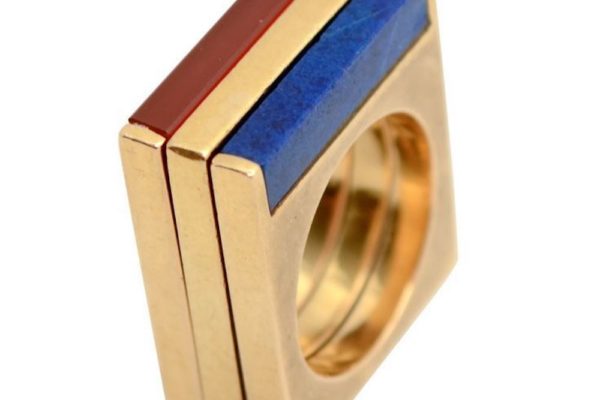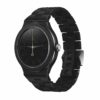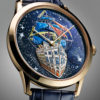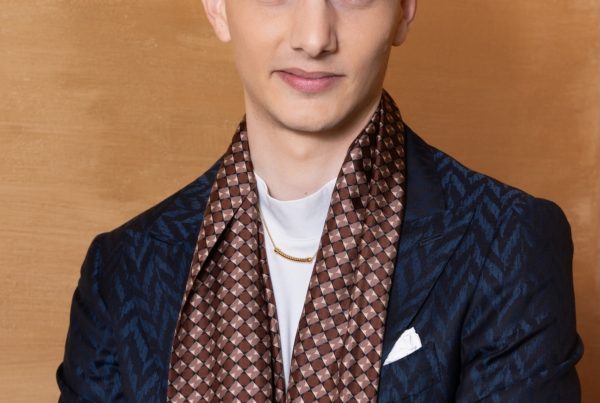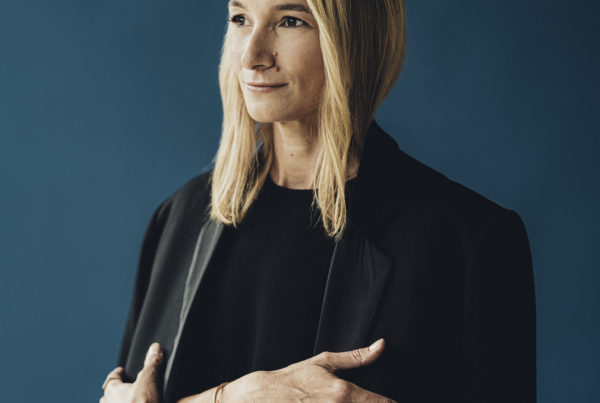When Jean Dinh Van broke the chains of the jewellery industry
At the end of the 60s, the Parisian jeweller was the first to bring jewellery to the streets, like others to fashion. Thirty years on, his minimalist jewels are copied like never before, delighting girls and their mothers alike. Archive interview published on 28 June 2006. Isabelle Cerboneschi
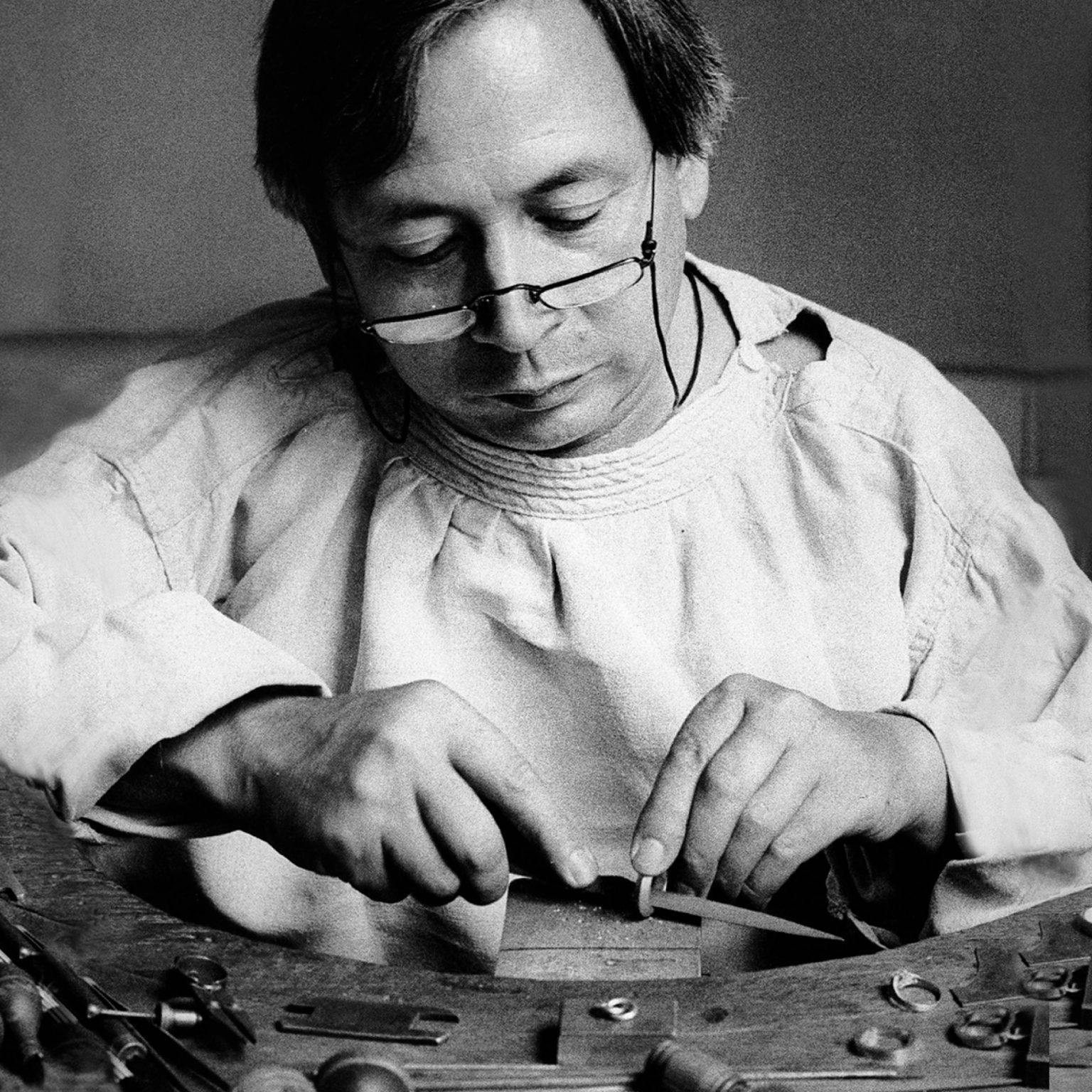
It’s a tiny little thing: a pair of gold handcuffs attached to a cord and worn as a bracelet. You can see it on the arms of daughters, mothers and sometimes fathers too. This piece of jewellery is so timeless that you’d almost forget that it’s been gracing the air since 1976. It was the free women and men of the 1960s who discovered jeweller Jean Dinh Van when he launched his brand in 1965.
They wore his creations as a sign of independence. Jewellery that didn’t appeal to a particular gender or age group was pretty rare at the time. Dinh Van’s pieces are like a sign of belonging to a clan: they are sufficiently well known by those in the know, but not enough to be displayed like a logo. These little objects, revolutionary by nature, have become classics and, quite logically, have been copied: all the brands, whether big or more mainstream, have launched their little jewel mounted on a cord. But the spirit isn’t there. These freewheeling jewels were born in France in the 1060s, an “enchanted parenthesis” where anything seemed possible.
Not just anyone can be Jean Dinh Van. With a Vietnamese father and Breton mother, this rebel with nostalgic roots spent ten years working for Cartier. He worked with Jeanne Toussaint, creating extraordinary pieces of haute joaillerie before deciding to launch his own brand. His dream was to take jewellery out of the vaults and into the streets. And so he did.
It’s easy to imagine him, in Pompidolian France, where young people dreamt of throwing stones at the established order, launching his Handcuffs bracelet, his Razorblade pendant, a tribute to his father’s Gillette blades worn by French actor Jean-Paul Belmondo, his GI badge, just after the Vietnam War, his Gold Bug, his ‘Pi’ necklace, a simple circle of hammered gold with a hole in the centre, the Serrure bangle, his square-bodied ring, or the ring he created for Pierre Cardin in 1967, soberly adorned with one black pearl and one white pearl. It was a time when all you had to do was decide to create something, simply because you had the intuition and the desire to do so, and then do it.
Jean Dinh Van did nothing like the others: for his first outlet, in 1967, he chose the famous Publicis drugstore in Paris. In 1976, he opened a boutique at 7 rue de la Paix where, four years later, he sold the first Swatch watches.
Things have changed somewhat since he sold his company to Yves Mouriès – CEO of Aigle SA – and Eric Laporte, in 1998. Boutiques have flourished: the brand has ten boutiques around the world, including Geneva and Bruxelles. According to information provided by the company, turnover has increased sevenfold since the takeover, but this has no bearing on the crazy modernity of these forty-year-old jewels. Jean Dinh Van agreed to leave his green Touraine to meet us halfway in Paris and tell us how he broke the chains of jewellery.
INTERVIEW
What was so special about the 60s that you decided to break away from the world of traditional jewellery?
Jean Dinh Van: First of all, there was my character. No matter how many people assured me of a future in the Cartier workshops, telling me that later on I would be the one working on the Duchess of Windsor’s jewellery, one day I just left. I can’t explain why, it was instinct. At the time, the world of fashion, furniture and architecture was in the midst of a revolution, new signatures had appeared, and in jewellery: nothing! I wanted to bring jewellery down to the street. Women were beginning to emancipate themselves and I wanted them to be able to buy their own rings and bracelets.
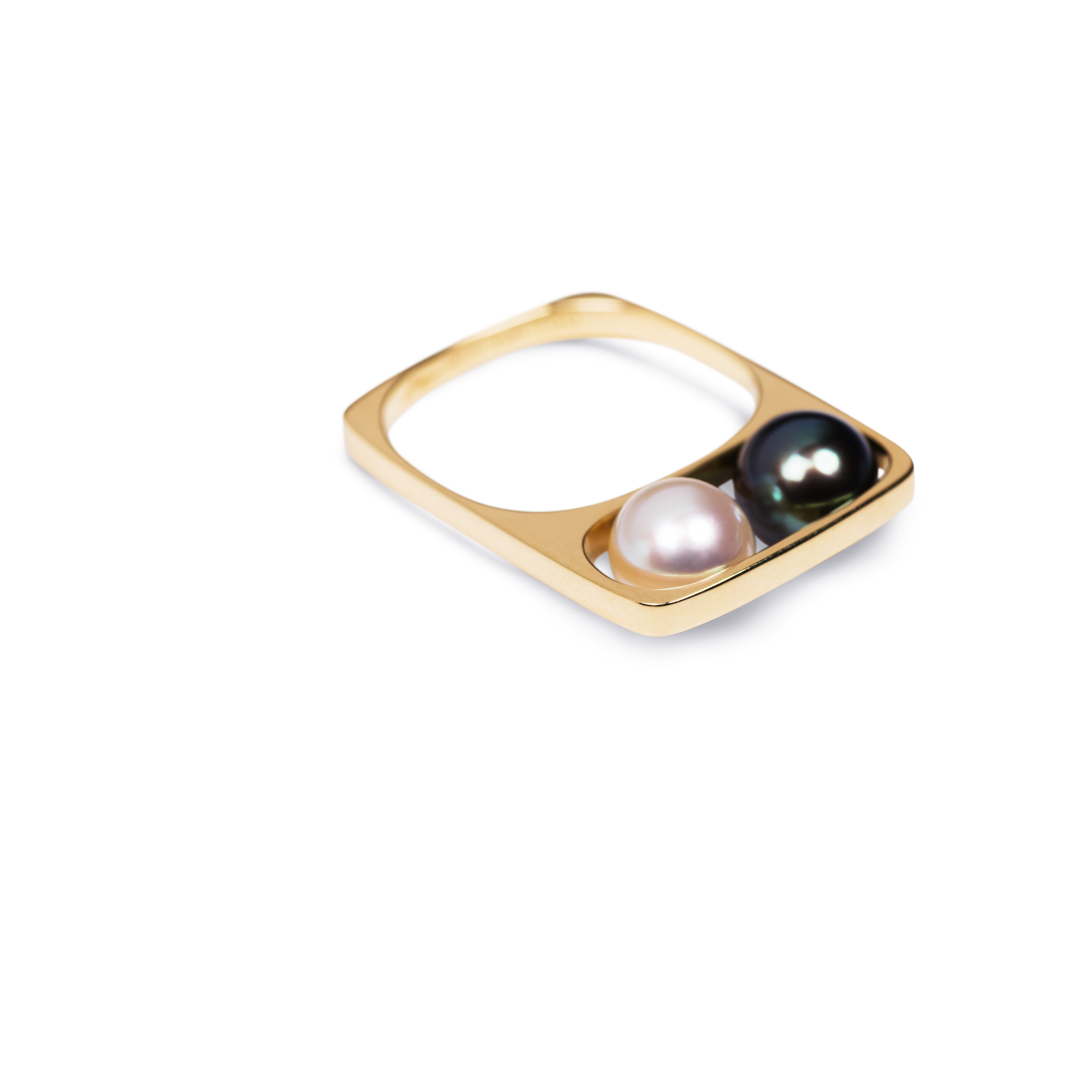
How do you explain the fact that this very personal style is still fashionable 30 years later?
I remember a warning I was given at the start of my solo career: “Be careful you don’t end up in a cul-de-sac”. It’s true that by removing so much material that you can’t remove anything else, and ending up with increasingly stripped-down forms, you take a risk. Creation has to be ahead of its time, but not too far ahead. Otherwise we’ll only be of interest to a dozen or so people. And that’s not my aim.
Was this profession a childhood vocation?
No, it wasn’t. When I was at school I said I wanted to be a naval officer. My father, who had left Vietnam during the 14-18 war, made lacquerware from China. He lacquered cigarette cases and cigarette lighters, as was common in the 20s and 30s. I was immersed in a world of beautiful objects. But my attraction to that world wasn’t planned in advance. All it took was a touch of metal and the passion was born…
Under your hands, the gold has taken on a different appearance: neither polished nor brushed.
Before working at Cartier, I went to a school where I did metalwork. Then I learned to make jewellery in the classical way, with emeralds this big, bezels, stones everywhere, but I never forgot the gestures of working with iron. When I had the idea for the ‘Pi’ pendant, I wanted it in fine gold. To be hard, this material has to be rolled and hammered. The jewels were made one after the other. No two are the same. In the beginning, I did all the hammering!
Were you inspired to make this jewellery by a particular person?
No. The designer is a kind of filter: there’s the city, the sounds, the smells, the people you meet, the times, and you translate that into painting, sculpture, perfume and jewellery. Everything I do is very much influenced by everyday life.
Is the handcuff bracelet the result of a real-life experience?
In a way, but not in the way you might think. The key to my flat was shaped like this. I saw it and touched it every morning and evening, until one day I thought it might be the start of something. Why not a key ring? We used to hang the car keys on one side and the house keys on the other. Then I said to myself that it wasn’t bad, that it held well: so why not make a clasp out of it? It went from being a clasp to a piece of jewellery. It’s a story of chance evolution…
Do you wear jewellery?
Mon alliance. Mais pas tout le temps: elle me gêne. Je n’aime pas spécialement les bijoux. J’aime les fabriquer, les voir porter, mais je peux vivre sans. La création, c’est cela: je fais une partie du chemin, et la personne fait le reste. Le bijou se transforme en autre chose. Et c’est cela qui m’intéresse dans ce métier, plus que l’objet en lui-même.
The “Pi” pendant is quite symbolic. Do you think an object can be a vehicle for magical thinking?
Initially, I wanted to invent a coin. Instead of a euro, it would have been a Dinh. I had made coins that all weighed 5 grams of fine gold. I thought that way, when we ran out of money, we could always exchange the coins for the weight of gold. Initially, it was a crushed ball of gold with a square hole. But the government didn’t want it (laughs). I would have loved to create jewellery that has magic.
If you had to recreate a new piece of jewellery, what would it be?
I have to get my little machine going again to try and find things that people would want to own today… I have the impression that it would be less tender. The 60s and 70s were very inspiring. There was a particular lightness and cheerfulness that has disappeared. I think life has become more cumbersome…

